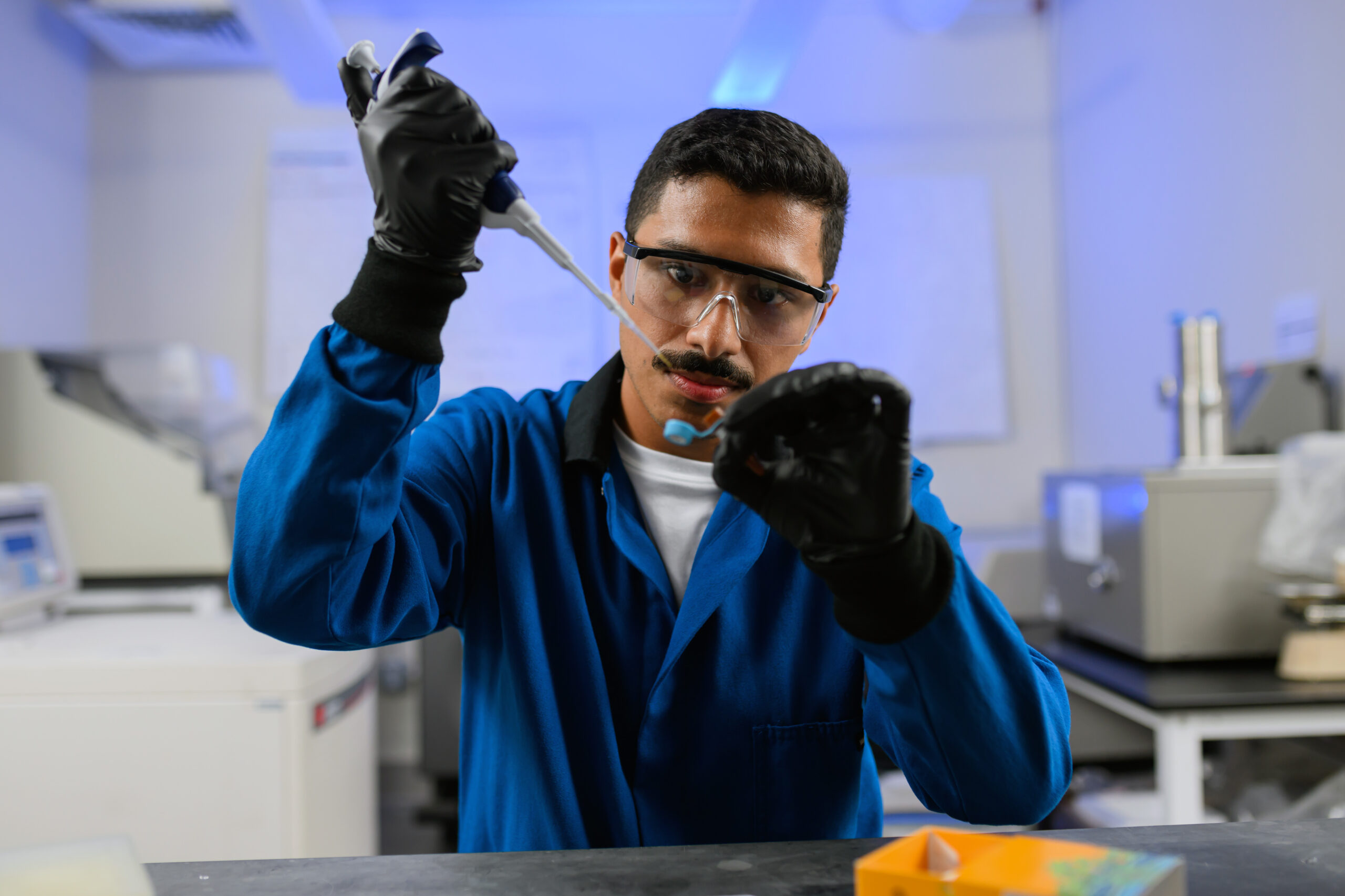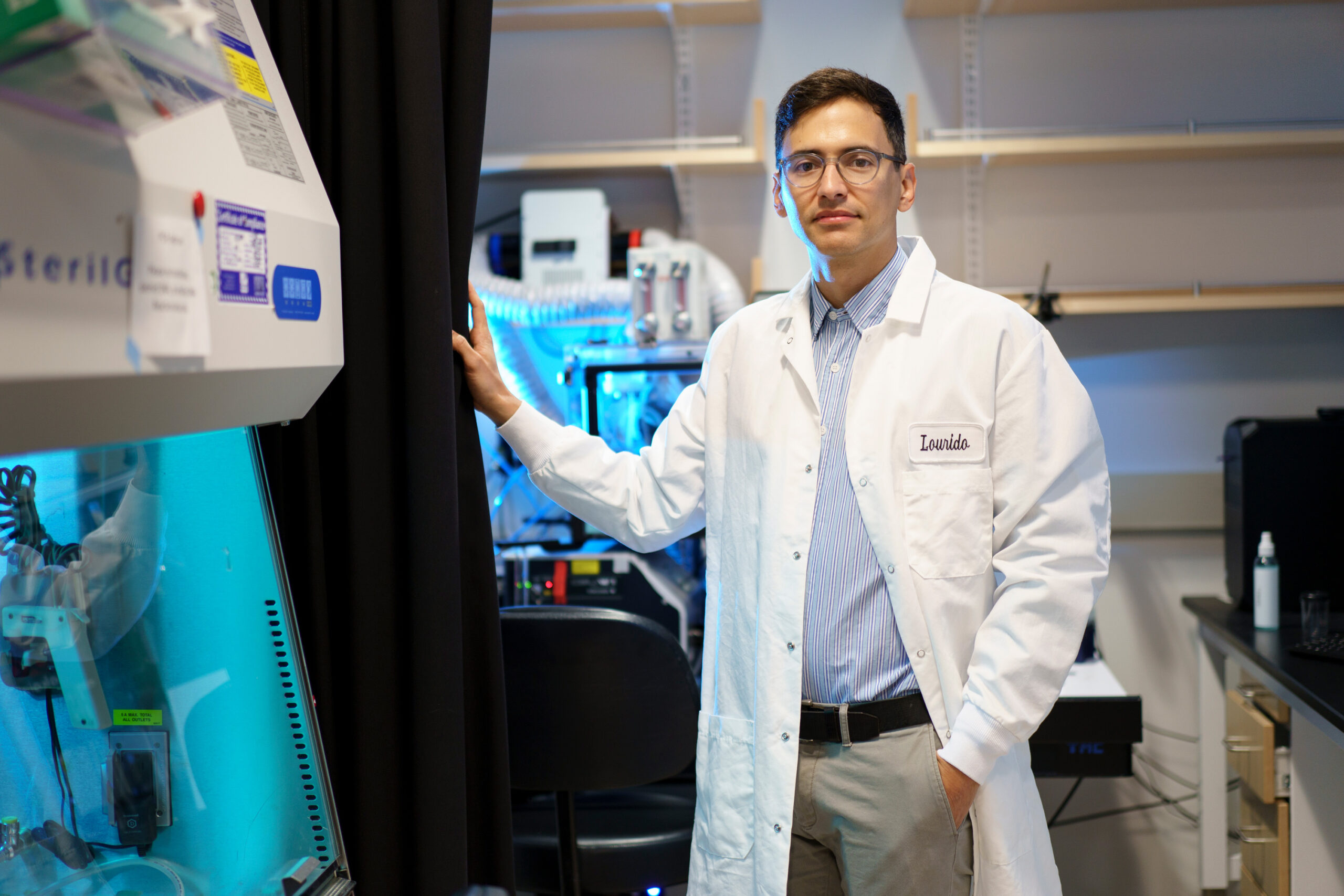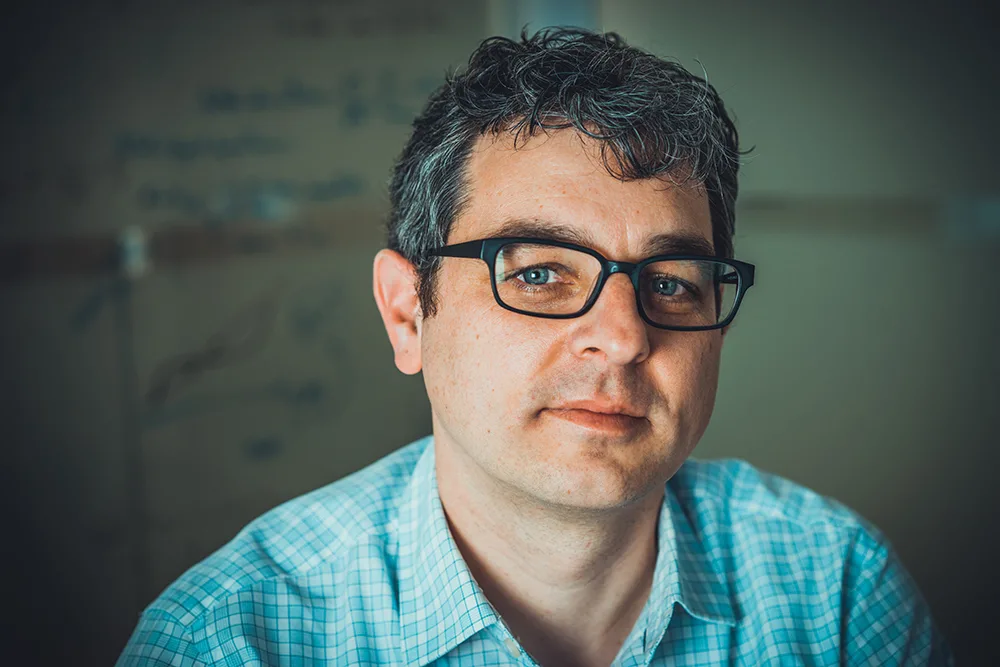Oscar Molina, a first-generation immigrant, faced the often-predictable career paths of doctor or lawyer as a child. Although initially on track to pursue a biochemistry major at UCLA, his passion for research took an unexpected turn. “I became captivated by the process of discovery during my undergraduate studies, which made me realize that becoming a doctor wasn’t my true calling,” Molina shares. His journey led him to enter the fifth year of his PhD in biology at MIT, where he researches innovative ways to combat cancer through protein therapy.
As the first member of his family to attend college, Molina actively participates in outreach efforts aimed at uplifting students from underrepresented backgrounds. He works as a Graduate Community Fellow in MIT’s Office of Graduate Education, striving to connect students and foster an inclusive academic environment. “I’ve had opportunities that prompted me to reflect, ‘Why me?’” he explains, underscoring his commitment to assisting others on similar paths.
Pioneering Protein Therapy
Molina’s dedication to advancing cancer research is deeply personal; his grandfather has battled the disease for the past decade. This connection fuels his ambition to enhance protein-based cancer therapies, making them more effective for patients. In June, Molina and his team at the Raines Lab published a groundbreaking paper proposing a novel method to create customizable fusion proteins. Their research revealed that a chemical compound known as 3-bromo-5-methylene pyrrolone enables the efficient combination of three proteins, contrasting with traditional techniques that limit combinations to two proteins at a time.
“This approach grants us chemical control over protein assembly, allowing for a plug-and-play dynamic,” he adds. Researchers can manipulate numerous properties simultaneously, such as extending the protein half-life or enhancing its capacity to target cancer cells. This method also plays a significant role in therapies that redirect immune cells, which rely on multimeric protein chimeras for effectively eliminating cancerous cells.
“The challenge that intrigues me most,” he concludes, “is identifying how to optimize biologic therapies for maximum efficacy.” His upcoming thesis will delve into this exploration, especially concerning chemotherapies involving ribonuclease 1, an enzyme vital for RNA cleavage.
Giving Back and Moving Forward
As his thesis looms, Molina remains steadfast in his commitment to hard work, a trait instilled in him by his parents who emigrated from Guatemala and El Salvador in the 1990s. Their sacrifices to provide him with educational opportunities resonate deeply within him. Molina stands as a trailblazer; he’s the first in his family to graduate high school in the U.S., attend a four-year college, and embark on a graduate program. These milestones, while empowering, also carry the weight of expectation.
“I recognized the necessity to support individuals who aspire to be the first in their families to pursue higher education,” he remarks. This realization spurred him to join MIT’s Office of Graduate Education as a Graduate Community Fellow, where he has aided various affinity groups through logistical support, community outreach, and collaboration initiatives. Furthermore, he acted as a pod leader for the MIT Summer Research Program, designed to prepare underrepresented students for successful academic careers.
Amid his numerous commitments, Molina also finds time for personal interests; he is a passionate marathon runner and raised almost $8,000 running the 2022 Boston Marathon for Boston Scores, a program that provides resources for students in the Boston Public Schools.
Looking ahead, Molina aims to immerse himself in Boston’s biotech startup scene, seeking opportunities that allow him to bridge his love for science with his desire to assist others. “I aspire to be at the forefront of creating impactful therapies. It’s all about utilizing my passion for science to help others,” he states, ready to navigate the next chapter of his career.
Photo credit & article inspired by: Massachusetts Institute of Technology



